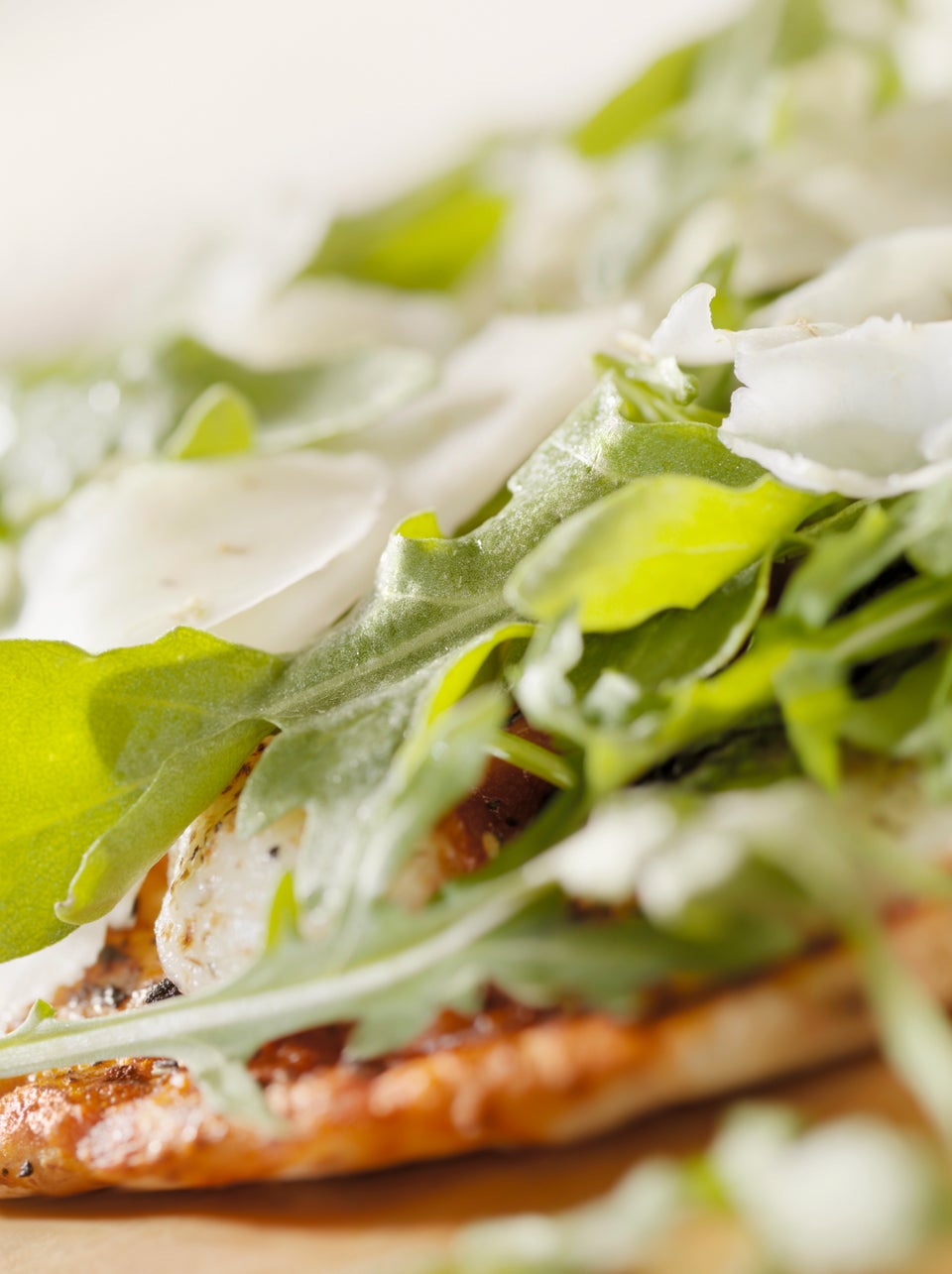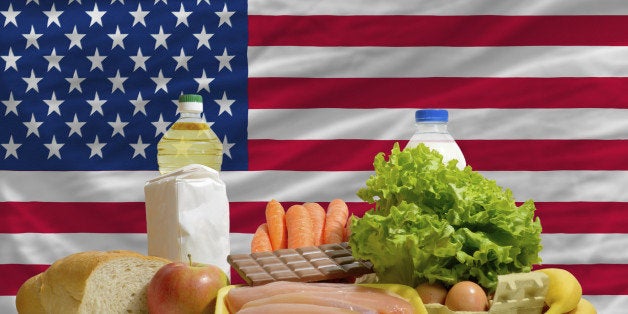
From every state's unofficial dessert to the fattiest foods in the U.S., state-by-state food rankings often leave much to be desired among those of us on nutrition-minded end of the eating spectrum. It's about time we had state foods we could really be proud of. b
That's why we've combed through lists of seasonal produce, official state vegetables and official state fruit to find an all-star piece of produce from each state.
Behold, the 50 states of superfoods.
Alabama
Why we love blackberries: The official state fruit (different from raspberries and black raspberries, these have a white core) is a good source of potassium and vitamin E and a very good source of fiber, vitamins C and K and manganese. Berries in general seem to slow cognitive decline, protect the heart and lower blood pressure, among other benefits, all for very few calories.
Alaska
Why we love cauliflower: It may be white in color, but cauliflower, native to Alaska, shouldn't be cast aside -- it's a relative of famed nutritional rockstar broccoli, after all, offering anti-inflammatory powers that may help ward off cancer and stroke. It's also a very good source of vitamin C, potassium and fiber, among other vitamins and nutrients. Try sneaking it into dishes you already love, like pizza, macaroni and cheese or mashed potatoes -- really!
Arizona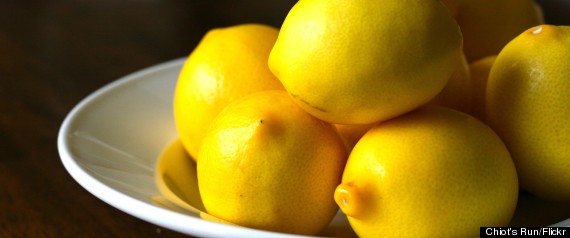
Why we love lemons: Lemons, grown seasonally in Arizona, deliver a hearty dose of vitamin C like any citrus fruit, not to mention antioxidants that may help fight inflammation. Pairing lemon with a pal like kale can help your body get the most out of the leafy green's iron.
Arkansas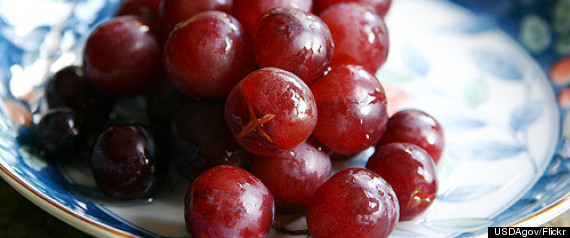
Why we love grapes: Most of the hype about red wine's health benefits boils down to a compound present in the skin of grapes, which grown in Arkansas, called resveratrol, which seems to act as an antioxidant and fight inflammation. A serving of grapes is also a good way to get some vitamin C and K.
California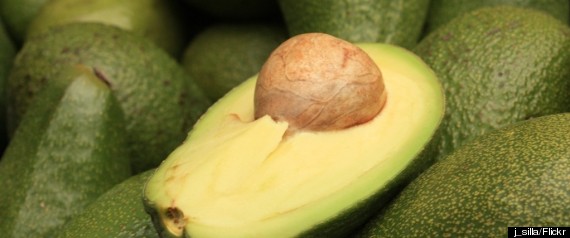
Why we love avocados: It's easy to overdo it on this creamy fruit, but in moderation, the avocado, grown in California, delivers heart-healthy fats and fiber to help keep you full, as well as vitamins C and K. That fat also gives a boost to nutrients in other fruits and veggies called carotenoids, like lycopene and beta-carotene.
Colorado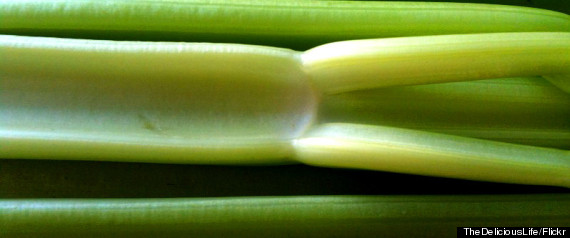
Why we love celery: Celery, which grows in Colorado, may not quite deliver "negative" calories, but it's close, with just 18 in a serving, which also delivers 2 grams of fiber and nearly half your daily dose of vitamin K, not to mention some vitamin A, C and folate to boot.
Connecticut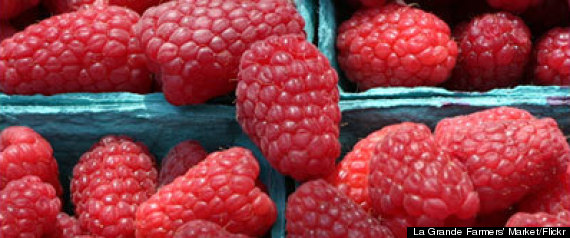
Why we love raspberries: Like all berries, raspberries, native to Connecticut, are low-calorie source of vitamin C and fiber.
Delaware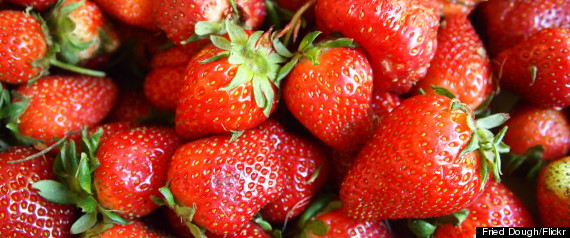
Why we love strawberries: Aside from boasting all the other big benefits of berries, strawberries -- the official state fruit -- have a unique protective effect on the stomach that could one day be used to treat ulcers. Even better news: The health benefits are amplified when strawberries are combined with a compound found in -- wait for it -- chocolate. Consider this your official permission to enjoy some chocolate-covered strawberries (in moderation, of course).
Florida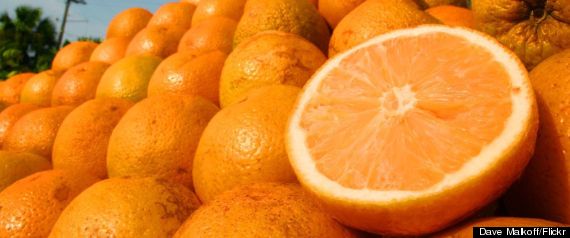
Why we love oranges: The official fruit of the state is basically the poster child for vitamin C, but one orange also contains around 3 grams of filling fiber.
Georgia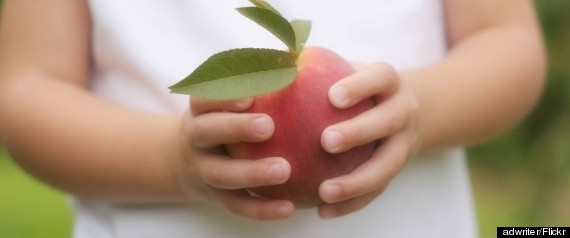
Why we love peaches: The state's official fruit is a good source of fiber, vitamin A and potassium, and a very good source of vitamin C.
Hawaii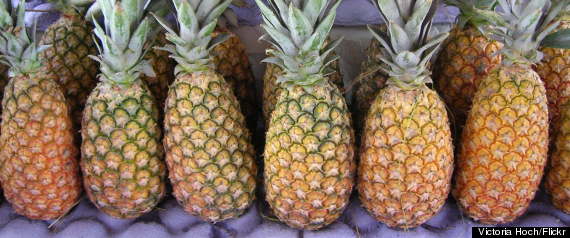
Why we love pineapple: Pineapple, local to the Aloha State, contains more than a day's worth of vitamin C in just a single cup. It's a good source of fiber for few calories, and it contains an enzyme called bromelain, which may fight inflammation, blood clots and even help the body absorb antibiotics.
Idaho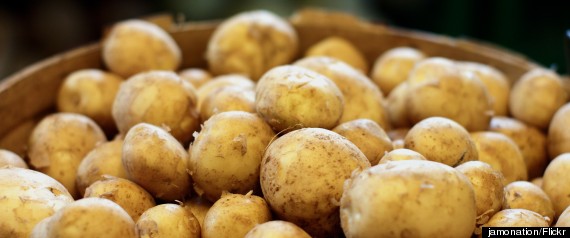
Why we love potatoes: When it's not smothered in cheese or deep fried -- and when you leave the skin on -- Idaho's state vegetable can provide you with good amount of vitamin C and fiber, plus it's loaded with potassium (more than a banana!), which aids in hydration, athletic performance and possibly lowering blood pressure.
Illinois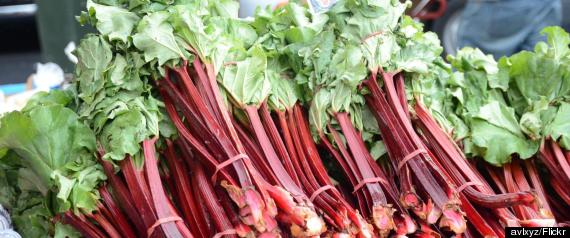
Why we love rhubarb: Grown throughout Illinois, rhubarb may be most familiar as pie filler, but it provides fiber, vitamins C and K, potassium and calcium, for very few calories. It's also a good source of the antioxidant catechin, a flavonol also found in green tea, dark chocolate and red wine.
Indiana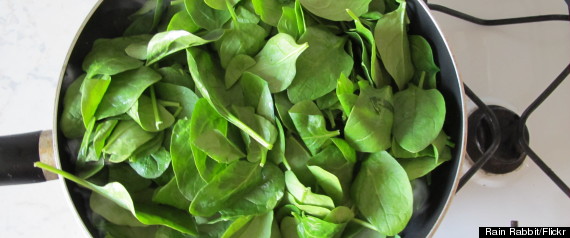
Why we love spinach: Popeye's favorite leafy green -- which grows in Indiana -- is one of ours, too: It's rich in antioxidants lutein and zeaxanthin, which keep eyesight sharp, calcium and iron.
Iowa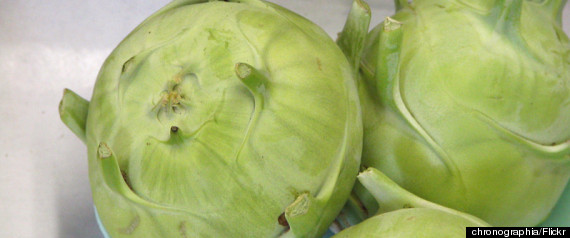
Why we love kohlrabi: This relative of cabbage -- grown across Iowa -- is an under-appreciated star, with folate, magnesium, potassium, fiber and vitamins B6 and C, among other nutrients, that can be enjoyed cooked or raw.
Kansas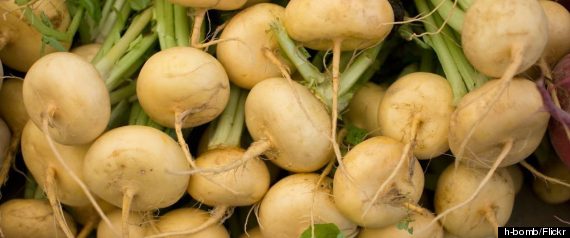
Why we love turnips: These root veggies local to Kansas are actually related to veggies like kale and broccoli, so they boast some antioxidant activity. Turnips are also a good source of potassium, fiber and vitamin C.
Kentucky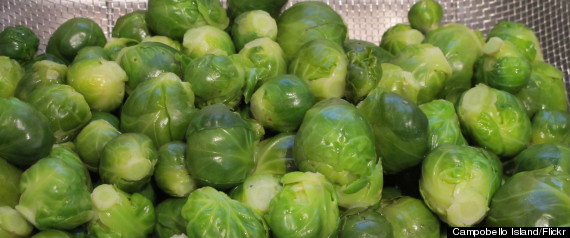
Why we love Brussels sprouts: These cruciferous veggies -- native to Kentucky -- fight inflammation and seem to offer some protection against certain cancers like their relatives cabbage, cauliflower and broccoli. Brussels sprouts are also rich in fiber, potassium, vitamins A and C and iron, without packing in many calories.
Louisiana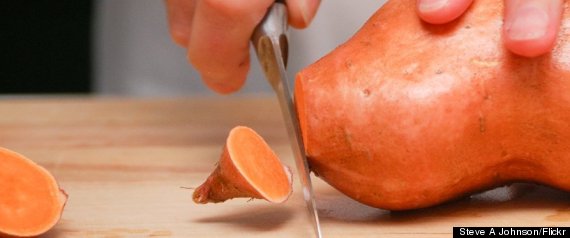
Why we love sweet potatoes: The deep orange of the official state vegetable of Louisiana is a dead giveaway to the presence of vitamin A and beta carotene. Sweet taters can help boost immunity, vision and healthy skin, and they're also a good source of fiber and potassium.
Maine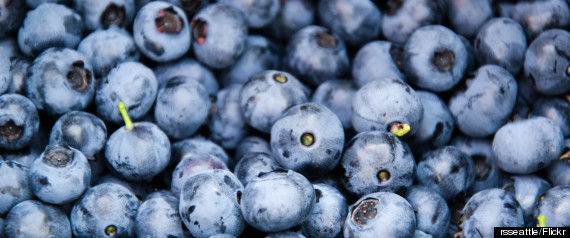
Why we love blueberries: Maine's official state fruit packs a powerful punch into a tiny package: Blueberries contain anthocyanin, which carries antioxidant and anti-inflammatory benefits to help lower cholesterol, slow the effects of aging and reduce diabetes risk. They're also a great source of fiber and vitamin C -- and they'll only set you back 84 calories for an entire cup.
Maryland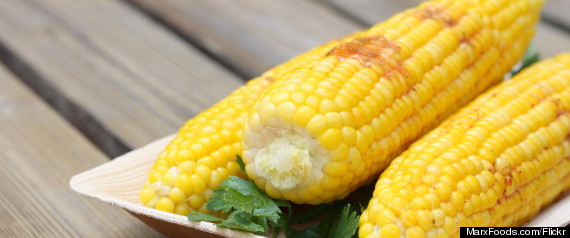
Why we love corn: This misunderstood veggie from Maryland contains certain B vitamins and vitamin C, magnesium and potassium and two antioxidants, zeaxanthin and lutein, which help promote eye health.
Massachusetts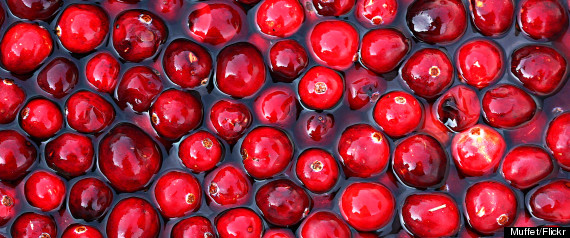
Why we love cranberries: Cranberries -- the official state fruit of Massachusetts -- shouldn't only be relegated to the Thanksgiving table. The little red fruit is powerful in preventing urinary tract infections and is rich in antioxidants and fiber.
Michigan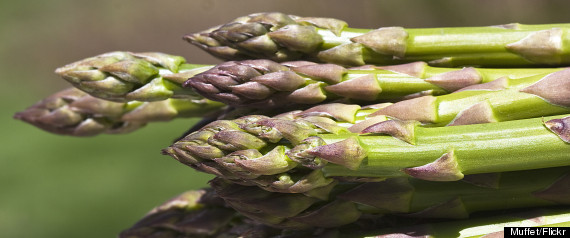
Why we love asparagus: The veggie native to Michigan is packed with vitamins A, C, E and K, iron, potassium, folate and more. Asparagus even contains some protein -- about 2 grams per half-cup of the cooked spears. Make sure to eat the nubby tips, where the nutrients are the most concentrated.
Minnesota
Why we love carrots: Local to Minnesota, carrots are notoriously good for your eyes; a cup of chopped carrots contains more than four times the peeper-protecting vitamin A you should aim to get daily.
Mississippi
Why we love turnip greens: Although they're attached to the turnips themselves, turnip greens -- grown in Mississippi -- are loaded with unique health benefits, including a helping of vitamin K, iron and calcium.
Missouri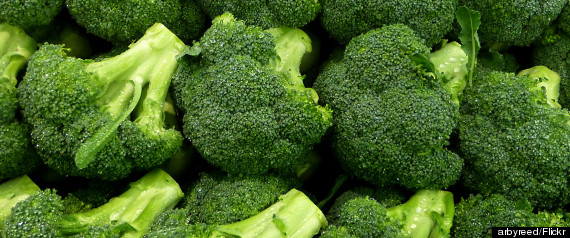
Why we love broccoli: What can't broccoli do? Its carotenoids lutein and zeaxanthin promote eye health, its calcium protects the bones, it builds immunity and protects against cancer, heart disease and stroke. Native to Missouri, broccoli has quite the reputation as a cruciferous veggie, boasting vitamins A, C, K, potassium, fiber, protein and more.
Montana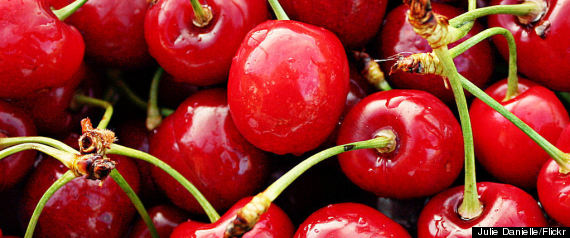
Why we love cherries: Grown in Montana, cherries are a good source of vitamin C and fiber. Some research suggests that tart cherries or tart cherry juice may help ward off post-workout soreness.
Nebraska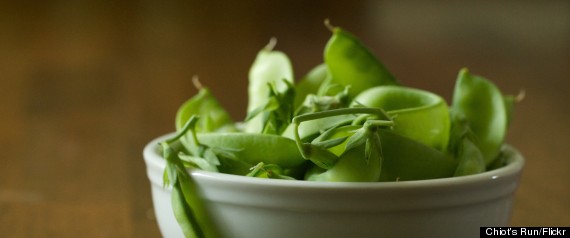
Why we love peas: Perfect in stir fry dishes and salads, peas in edible pods (snowpeas and sugar snap peas), grown in Nebraska, are a very good source of vitamins A, C and K, fiber, folate, iron and more.
Nevada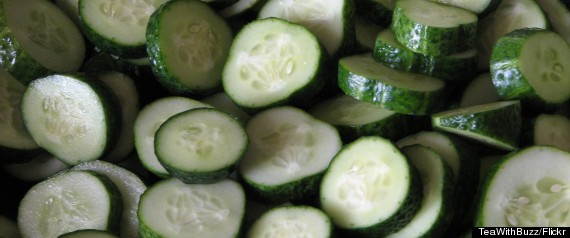
Why we love cucumbers: Loaded with water, cucumbers, native to Nevada, can help keep you hydrated -- and they're tasty in water, too. They're ultra low in calories and pack some filling fiber, as well as a hearty amount of vitamins C and K.
New Hampshire
Why we love pumpkins: The official state fruit -- yes, fruit -- of New Hampshire isn't just for decoration: In soups, baked goods, pasta dishes and more, pumpkin can offer benefits to the immune system, skin, eye and heart health and aid weight loss. A cup of cooked pumpkin contains nearly two-and-a-half times your daily recommended amount of vitamin A and more potassium than a banana.
New Jersey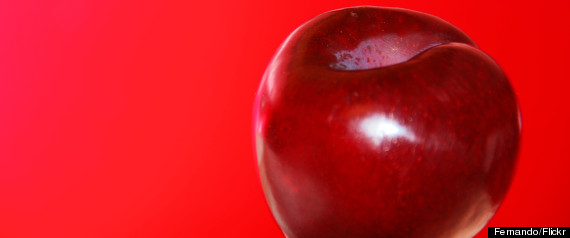
Why we love plums: A relative of both peaches and cherries, the plum, grown in New Jersey, contains vitamins A, C and K, as well as fiber. And that dark hue is a sure sign of compounds offering brain and heart benefits.
New Mexico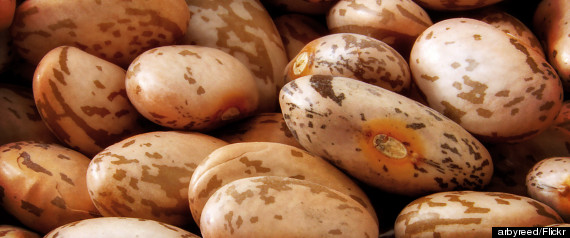
Why we love pinto beans: Pinto beans are just one of New Mexico's official state veggies and a staple of the local diet. All beans are heart-healthy, fiber-filled and a good source of vegetarian protein. A cup of pinto beans also packs half your daily recommended amount of iron.
New York
Why we love apples: There are countless reasons apples -- grown all over New York state -- are rumored to keep the doctor away. But many of the reasons to eat apples boil down to quercetin, an antioxidant in an apple's skin that promotes healthy lung function and good memory, and fiber, particularly pectin, which seems to lower bad cholesterol.
North Carolina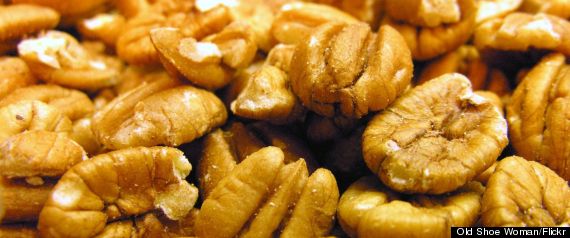
Why we love pecans: Technically a fruit(!), pecans are native to North Carolina, and -- in moderation -- a good source of protein and manganese. They also hold a particular health perk for men: Pecans are rich in a plant steroid called beta-sitosterol, which may relieve symptoms of an enlarged prostate, Health.com reported.
North Dakota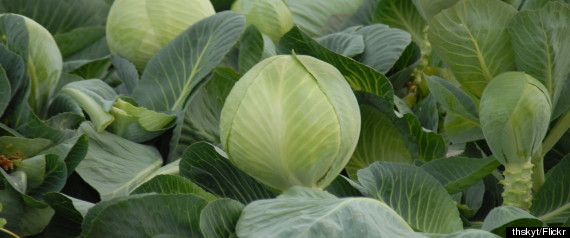
Why we love cabbage: Grown in North Dakota, cabbage often gets overlooked as an inferior green. But with vitamin C, fiber and potassium, plus the disease-fighting powers of other cruciferous veggies, cabbage deserves some time in the spotlight.
Ohio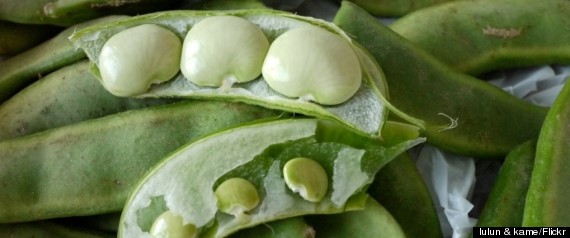
Why we love Lima beans: Local to Ohio, the lima bean is a good source of protein and iron and a very good source of fiber and folate. Try them in a soup or a dip if you're not a fan of the taste or texture alone.
Oklahoma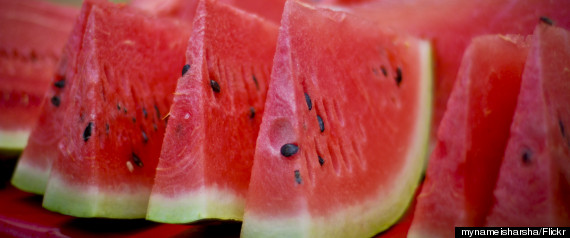
Why we love watermelon: Because it's related to squash, pumpkin and cucumbers, watermelon is considered both a fruit and a vegetable, and it happens to be Oklahoma's official state veggie. It's also as much as 92 percent water, the Chicago Tribune reported, meaning it will help fill you up for very few calories and keep you hydrated. Watermelon is also a great source of vitamins A and C, and even has some lycopene and beta carotene.
Oregon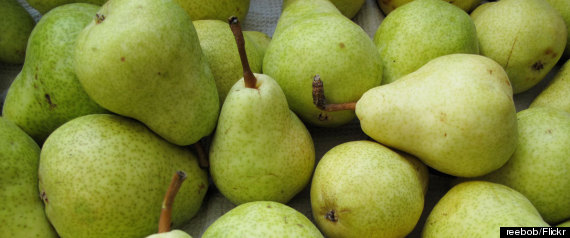
Why we love pears: Oregon's official fruit has a lot in common with the all-powerful apple; both have a high fiber and vitamin C count and both are best for you with the skin on.
Pennsylvania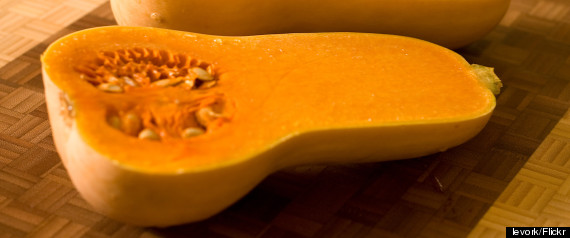
Why we love squash: Both summer and winter varieties, from zucchini to butternut, grow across Pennsylvania, and are very good sources of fiber, vitamins A and C and manganese. Winter squashes have more vitamin B6, while summer squashes have more potassium and magnesium.
Rhode Island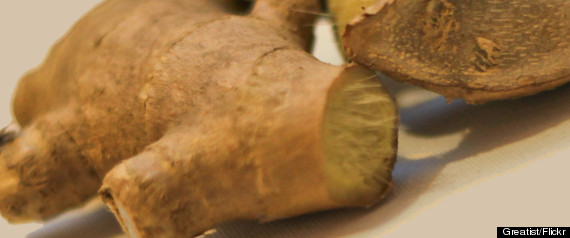
Why we love ginger: A staple of alternative medicine practices, ginger root, which grows in Rhode Island, is thought to have anti-inflammatory properties that can assist with everything from migraines to stomach pain to coughs, according to the National Institutes of Health.
South Carolina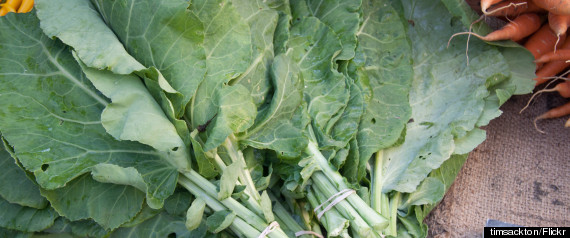
Why we love collard greens: The state's official vegetable -- like other leafy greens -- is rich in potassium, fiber and vitamins A and C. They have a slightly more mild flavor than some more bitter greens, and they also boast a higher calcium count.
South Dakota
Why we love eggplant: Eggplant is a good source of vitamins B6 and K and a very good source of fiber. It's also a low-calorie source of over a dozen different types of disease-fighting antioxidants, Shape reported. Like with plums, that purple color is a dead giveaway for big heart and brain benefits.
Tennessee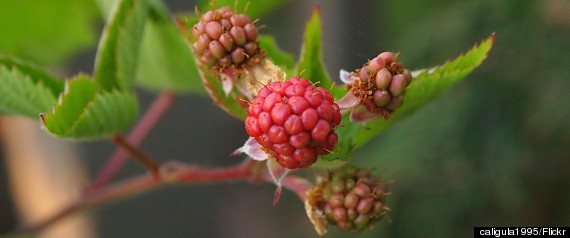
Why we love boysenberries: A cross between a blackberry and a raspberry or a loganberry (or both), these Tennessee natives, like all berries, are a very good source of fiber. They also pack a solid amount of vitamins C and K, as well as folate and manganese.
Texas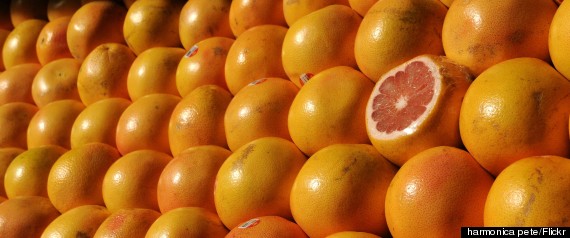
Why we love grapefruit: The Texas Red grapefruit is the official fruit of the Lone Star State. It's a well-known source of vitamin C, but grapefruit is also a good source of fiber and may aid in weight loss when consumed before a meal. It's also loaded with water, so it can help you stay hydrated. And that red color comes from the lycopene, the same protective antioxidant abundant in tomatoes. One word of caution: Grapefruit can interact dangerously with certain medications.
Utah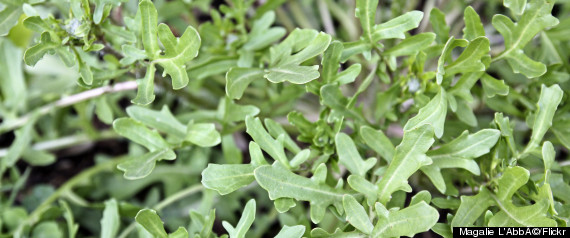
Why we love arugula: We've never met a leafy green we didn't love, but arugula, which grows in Utah, is one of our favorites. It contains solid amounts of vitamins A and C, iron, potassium and fiber, plus more calcium than a pick like romaine.
Vermont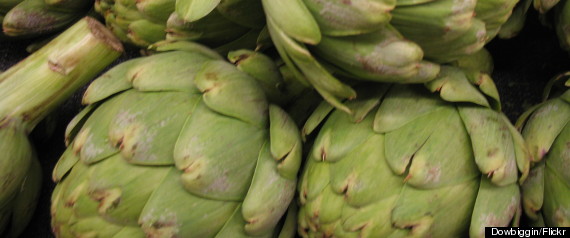
Why we love artichokes: Local to Vermont, the prickly-looking artichoke is packed with fiber, as well as vitamins C and K. They're also one of the top 10 most antioxidant-rich foods, according to the USDA.
Virginia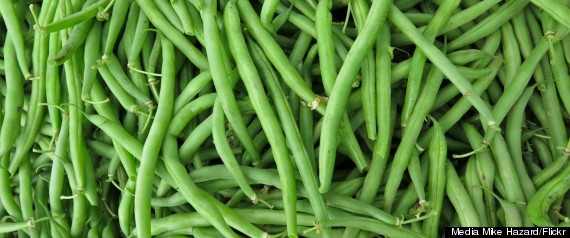
Why we love green beans: Just 10 beans -- grown locally in Virginia -- provide 15 percent of the vitamin C you should get in a day. They're also a very good source of fiber and folate, and pack some vitamins A and K, to boot.
Washington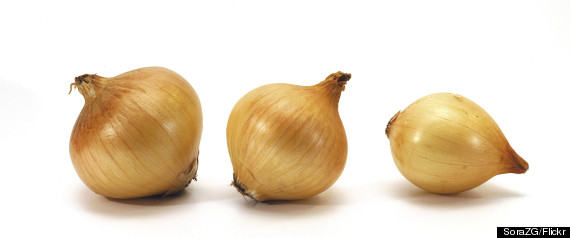
Why we love onions: While the Walla Walla sweet onion is the official state veggie in Washington, just about every type of onion is a smart bet. Eating onions regularly can help lower cholesterol and blood pressure, heart attack and heart failure risk and risk of prostate cancer. Red onions also contain quercetin, the same antioxidant found in apple skins with anti-inflammatory and anti-histamine properties.
West Virginia
Why we love mushrooms: Local to West Virginia, mushrooms are a vegetarian favorite when it comes to alternative sources of protein. Different varieties seem to have anti-inflammatory, antibacterial, antiviral and immune-boosting powers, WebMD reported.
Wisconsin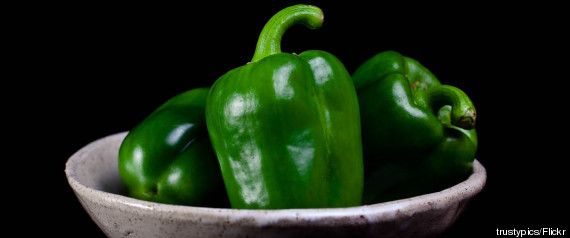
Why we love green peppers: The red ones get a whole lot of love for their sky-high vitamin C content, but turns out the green variety isn't far behind, with nearly 120 milligrams in a cup of chopped raw peppers, which grow in Wisconsin. They're also a very good source of fiber, vitamin A and potassium, among other nutrients.
Wyoming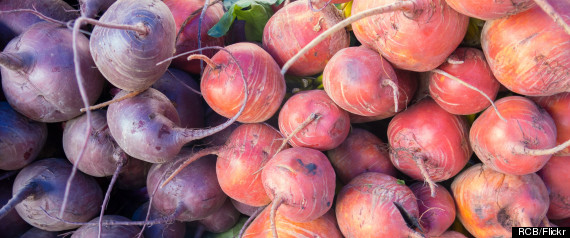
Why we love beets: Beets, which grow in Wyoming, are rich in compounds called betalains, which act as anti-inflammatories and antioxidants. They also boast good amounts of fiber, vitamin C and potassium.
Correction: A previous version of this story misidentified the parentage of the boysenberry.
